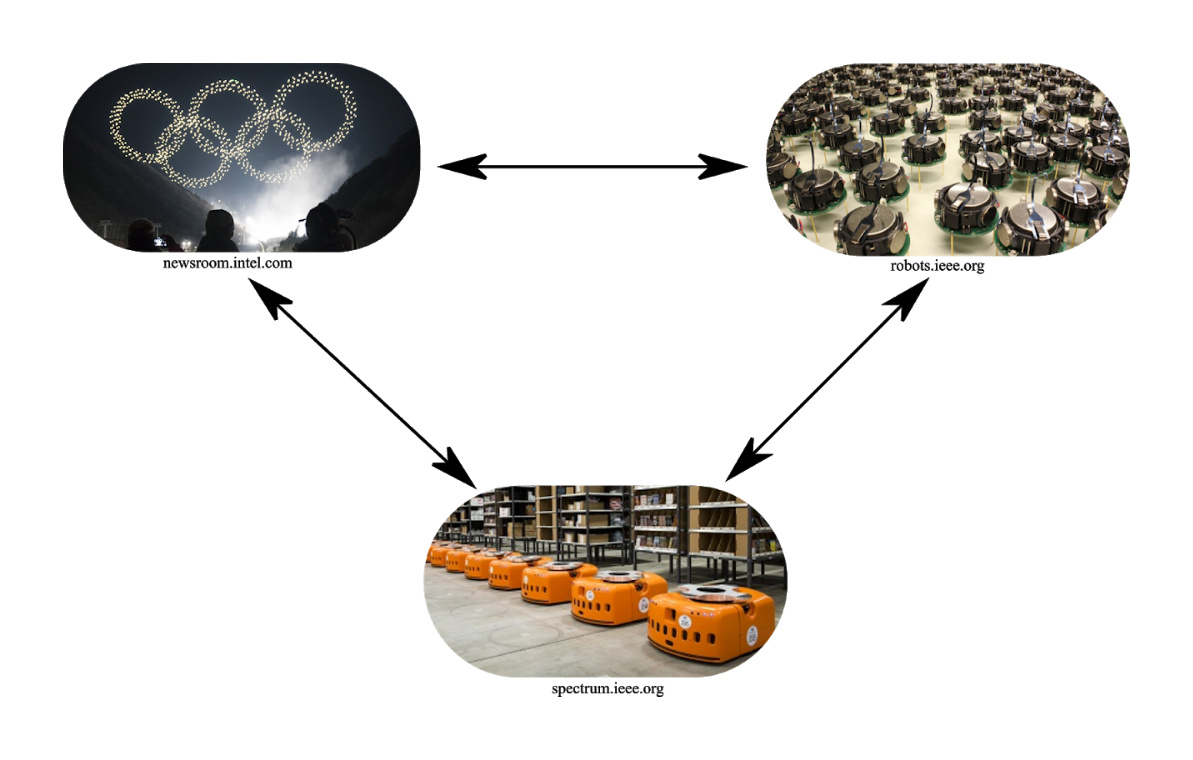Automating Food Preparation at Home: A Closer Look at Bots That Cook
Why we still don’t have self-driving cars on the roads in 2021
A simple tool to enable remote neurological examinations
Investing in the Future: Grow Your Own Robot
Robot Swarms in the Real World workshop at IEEE ICRA 2021

Siddharth Mayya (University of Pennsylvania), Gennaro Notomista (CNRS Rennes), Roderich Gross (The University of Sheffield) and Vijay Kumar (University of Pennsylvania) were the organisers of this IEEE ICRA 2021 workshop aiming to identify and accelerate developments that help swarm robotics technology transition into the real world. Here we bring you the recordings of the session in case you missed it or would like to re-watch.
As the organisers describe, “in swarm robotics systems, coordinated behaviors emerge via local interactions among the robots as well as between robots and the environment. From Kilobots to Intel Aeros, the last decade has seen a rapid increase in the number of physically instantiated robot swarms. Such deployments can be broadly classified into two categories: in-laboratory swarms designed primarily as research aids, and industry-led efforts, especially in the entertainment and automated warehousing domains. In both of these categories, researchers have accumulated a vast amount of domain-specific knowledge, for example, regarding physical robot design, algorithm and software architecture design, human-swarm interfacing, and the practicalities of deployment.” The workshop brought together swarm roboticists from academia to industry to share their latest developments—from theory to real-world deployment. Enjoy the playlist with all the recordings below!